WWF Risk Filter Suite v2.0
WWF’s Risk Filter tools - the Water Risk Filter and Biodiversity Risk Filter - enable companies and investors to assess and act to nature-related risks to strengthen resilience
WHY COMPANIES AND INVESTORS SHOULD CARE ABOUT NATURE
WWF RISK FILTER SUITE
Understanding your nature-related risks is the first step towards taking meaningful action to reduce those risks and contribute to a more sustainable future.
With the WWF Risk Filter Suite, companies and financial institutions have easy and streamlined access to distinct and complementary tools the - Biodiversity Risk Filter and Water Risk Filter - enabling users to upload and manage their data in a central and secure online platform for performing their biodiversity and water risk assessments.

The WWF Biodiversity Risk Filter is designed to be used as a corporate and portfolio-level screening tool to identify biodiversity risks and prioritise corporate action on biodiversity

The WWF Water Risk Filter is designed to be used as a corporate and portfolio-level screening tool to identify water risks and prioritise corporate action on water
WHAT ARE THE BENEFITS OF USING THE WWF RISK FILTER TOOLS?
The results from your biodiversity and water risk assessments can help better inform your business strategies, target setting and investment decisions – resulting in strengthening business resilience as well as contributing to a more sustainable future.
The WWF Risk Filter tools are aligned to and support key global initiatives and reporting frameworks such as the Taskforce on Nature-related Financial Disclosures (TNFD), Taskforce on Climate-related Financial Disclosures (TCFD), Science Based Targets for Nature (SBTN), Alliance for Water Stewardship (AWS), Carbon Disclosure Project (CDP), Global Reporting Initiative (GRI), and the European Sustainability Reporting Standards (ESRS).
WWF has created technical guides on how companies and financial institutions can use the WWF Risk Filter Suite at specific points in the SBTN target-setting process, the TNFD LEAP approach, and the CSRD-ESRS on Water and Biodiversity (E3 and E4). Click below to access the summary step-by-step guides.
ASSESS YOUR NATURE-RELATED RISKS NOW FOR FREE
3 EASY STEPS
1
Register and create an account - only you have access to this account
Go to the Portfolio Manager to upload your data, save it and come back to edit it at any point
Go to the Assess module of each tool to analyse your biodiversity and water risks
NEED SOME HELP?
WANT TO PARTNER WITH WWF?
WWF provides expert support to help you understand your risks and take action
FREQUENTLY ASKED QUESTIONS
Through the free online platform - the WWF Risk Filter Suite - companies and financial institutions have easy and streamlined access to two distinct and complementary WWF Risk Filter tools - the WWF Biodiversity Risk Filter and WWF Water Risk Filter. This enables users to upload and manage their data in a central and secure platform for seamlessly assessing their biodiversity- and water-related risk assessments.
The WWF Risk Filter tools are designed to be used as corporate and portfolio-level screening tools to help identify risks and prioritise corporate action for enhancing business resilience and contributing to a sustainable future.
The WWF Risk Filter tools are primarily aimed at companies and financial institutions who wish to understand, assess and act on their biodiversity and water risks. Both tools include global datasets and allow assessments of any industry sector, so that users regardless of geographic location and industry can use the tool.
As the WWF Biodiversity Risk Filter and WWF Water Risk Filter are both spatially explicit screening and prioritisation tools, they are best suited for organizations with 1) location-specific data available and 2) a large portfolio of sites/assets to analyse (e.g., company operational sites and supplier sites). Therefore, these tools are primarily used by medium to large-size companies that have robust value chain information available for analysis. While the tool is suitable for use by financial institutions, the needed input data is often not available, representing a key barrier for using the tools.
To support financial institutions that want to assess a broad portfolio of companies, WWF published valuable guidance in the WWF RFS Methodology Documentation on:
- how existing datasets and approaches can be used as proxies for the required location-specific company and supply chain input data of the WWF Risk Filter tools
- how the output data of the WWF Risk Filter tools can be aggregated to the company and portfolio level.
To read examples of how different organizations have previously used the WWF Risk Filter tools, please visit our Case Studies page.
WWF recommends using both the WWF Biodiversity Risk Filter and WWF Water Risk Filter as they are distinct but complementary tools.
The WWF Biodiversity Risk Filter tool covers broad aspects of biodiversity (e.g., freshwater, marine, forest, grasslands, wetlands) and includes some specific indicators from the WWF Water Risk Filter (e.g., water scarcity, water quality, fragmentation status of rivers). While the WWF Biodiversity Risk Filter provides general high-level assessment of biodiversity-related risks, the WWF Water Risk Filter provides a more in-depth assessment of water-related risks (including operational risk assessment and scenario risk assessment). Therefore, the tools are intended to be complementary and offer unique features for assessing and acting on biodiversity and water-related risks.
As the two WWF Risk Filter tools are available through one central platform (the WWF Risk Filter Suite), you only need to enter your data once to automatically assess your risks in both tools – making it very easy to use both tools!
STILL HAVE QUESTIONS?
Check our tutorial page to help you get started
CASE STUDIES
Check out all the latest user case studies on how companies and investors have used the WWF Risk Filter tools to assess and respond to nature-related risks
Download, read, and share them!
WWF REPORTS
Check out all latest WWF reports on #WaterRisk, #BiodiversityRisk, #Stewardship, #Finance
Download, read, and share them!
MAP GALLERY
Looking for high-resolution maps to communicate on #WaterRisk and #BiodiversityRisk on social media, in a new report or blog?
Download, communicate and share them!
OUR TEAM
Meet our passionate team behind the WWF Risk Filter Suite! Contact us to receive our tailored expert support to better understand your risks and take action

Alexis Morgan
Global Water Stewardship Lead

Ariane Laport-Bisquit
RFS Senior Manager

Dr. Dadiyorto Wendi
Partnership & Engagement Officer

Fee Reinhart
Senior Specialist Sustainable Finance

Florian Oeschger
Advisor Sustainable Finance

Dr. G. Areendran
Director IGCMC, and his team at WWF-India

Dr. Isabel Meza
Research & Development Manager

Dr. Liam Bailey
Geospatial Analyst

Maria Walsh
RFS Science Manager

Raquel Capella
RFS Science Manager
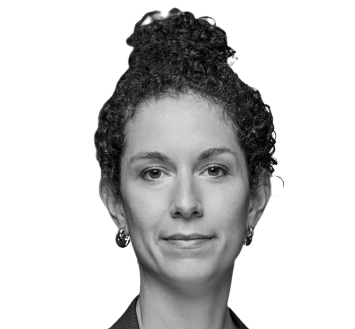
Regula Hess
Senior Advisor Sustainable Finance

Rebekah Church
Global Lead Biodiversity Stewardship

Rylan Dobson
Senior Water Stewardship Manager









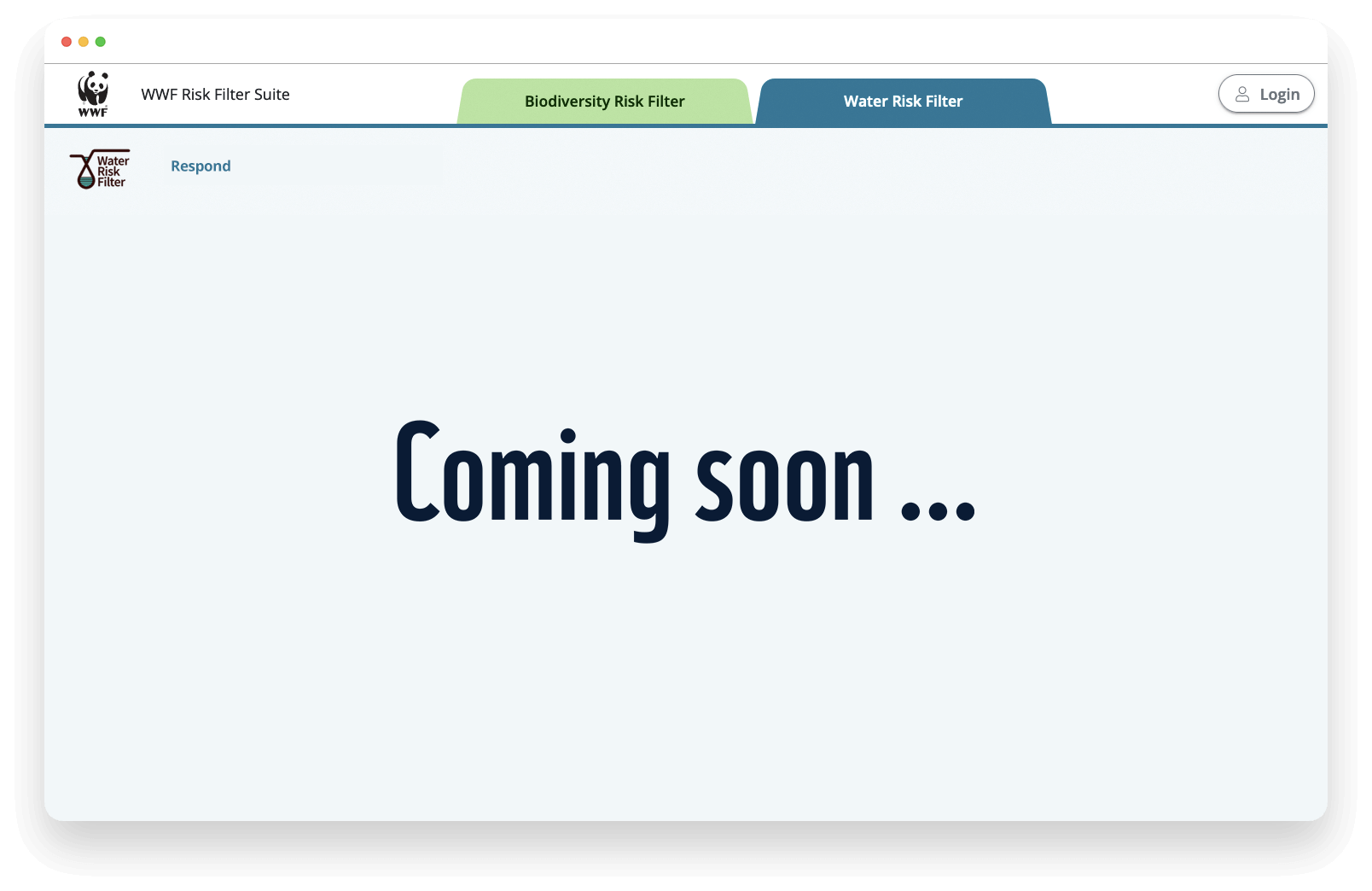












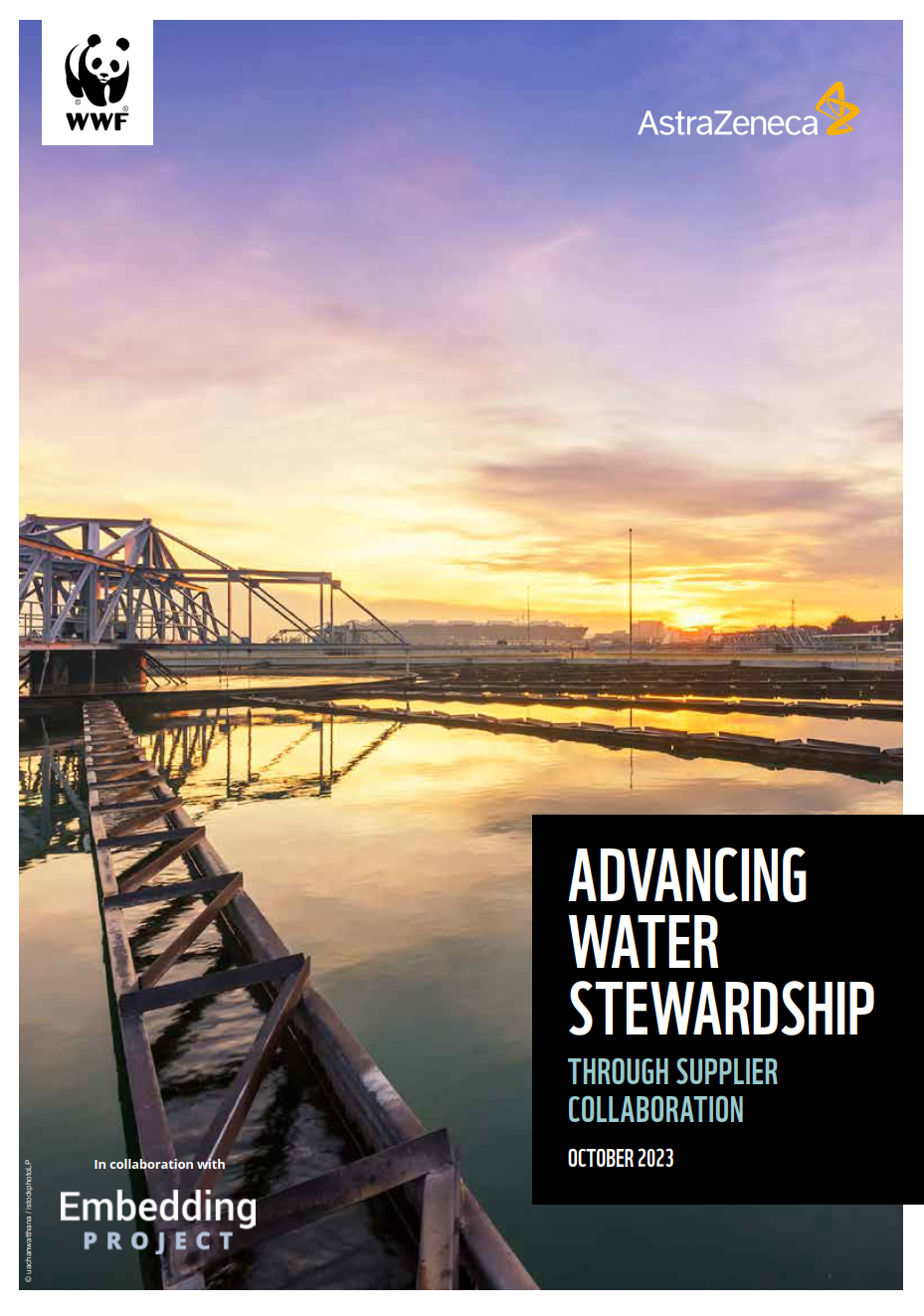


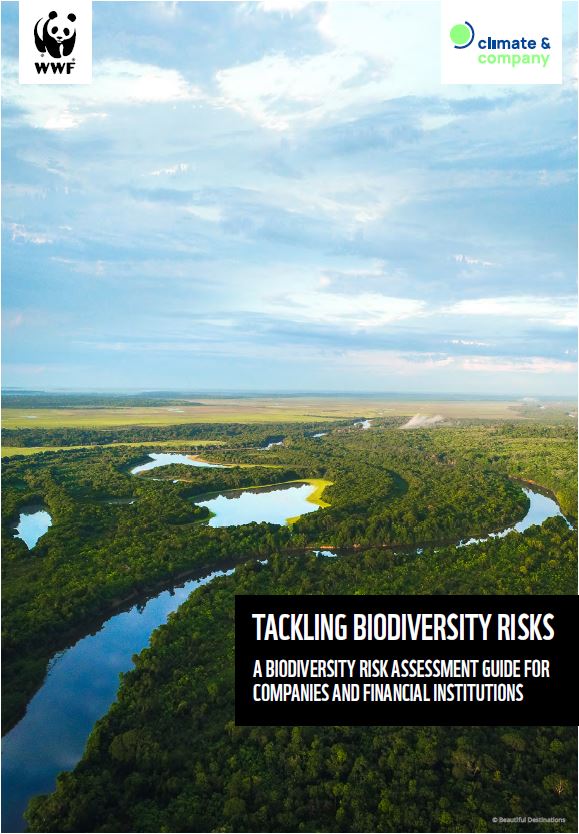











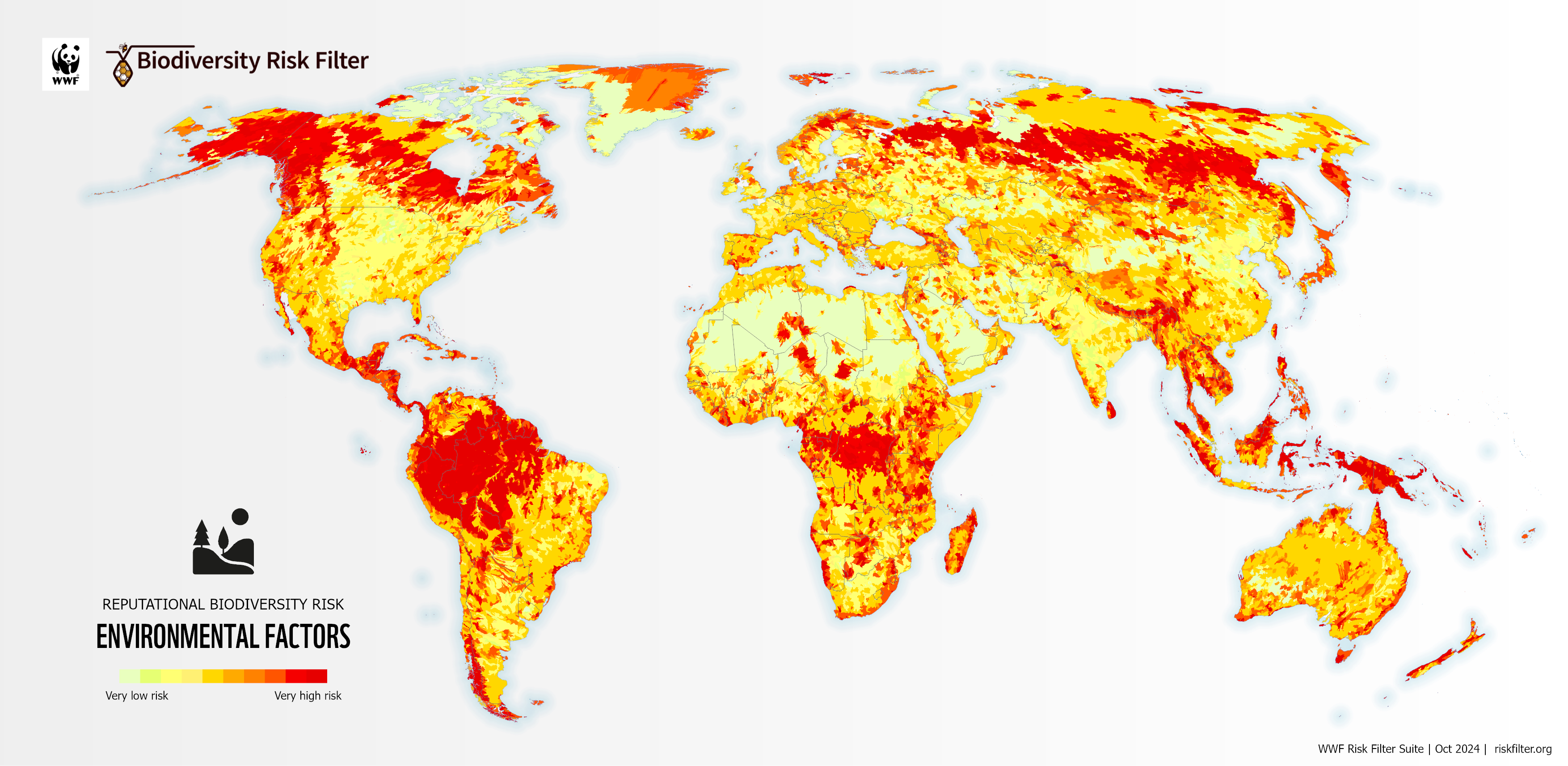
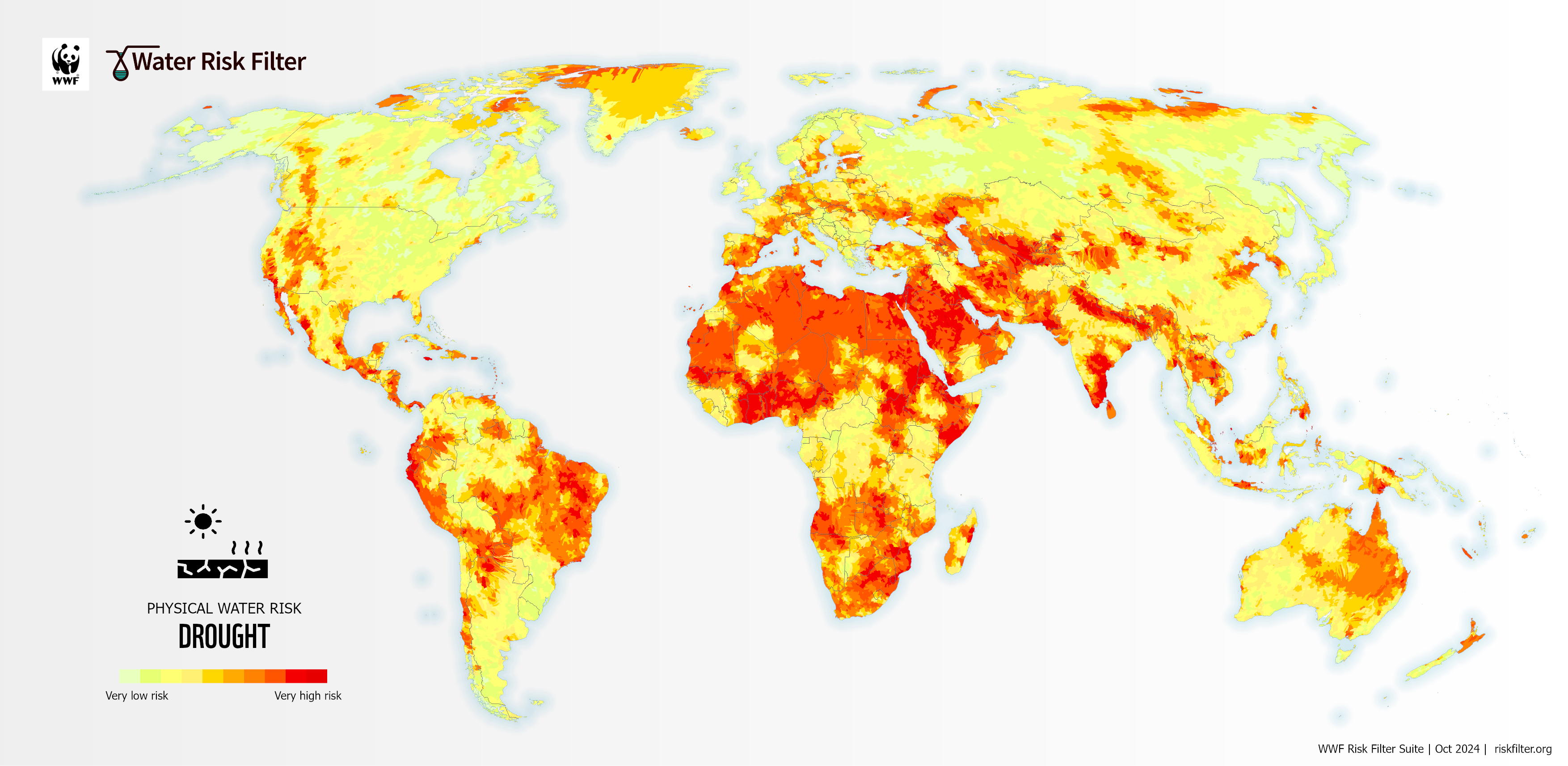





















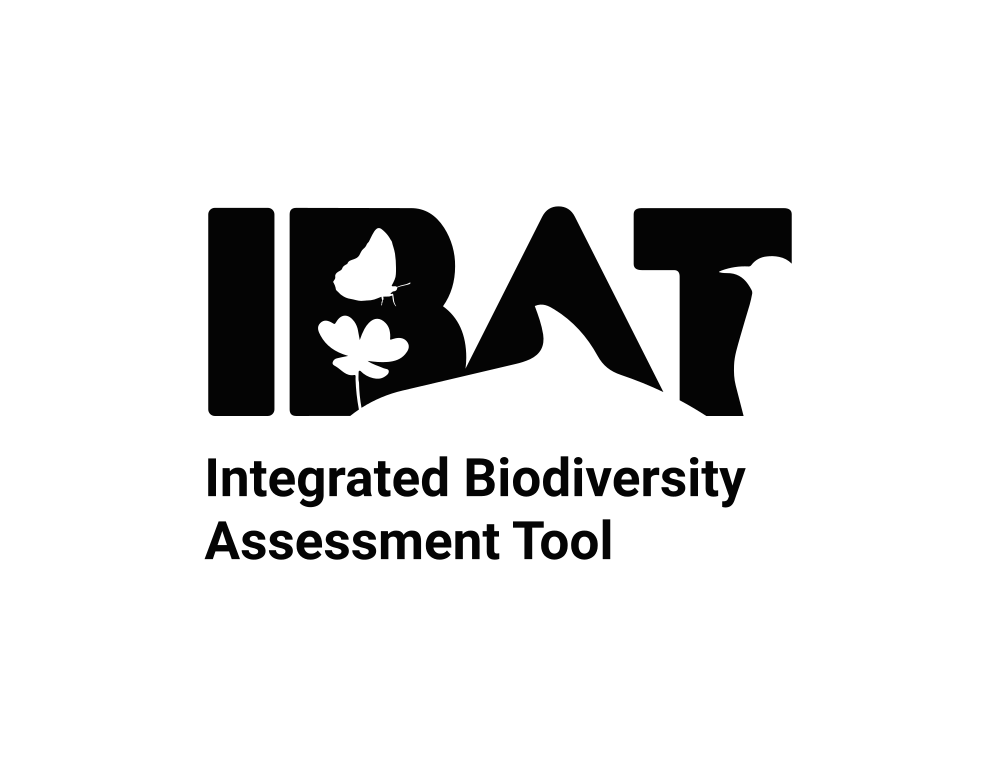


















.png)







.png)





